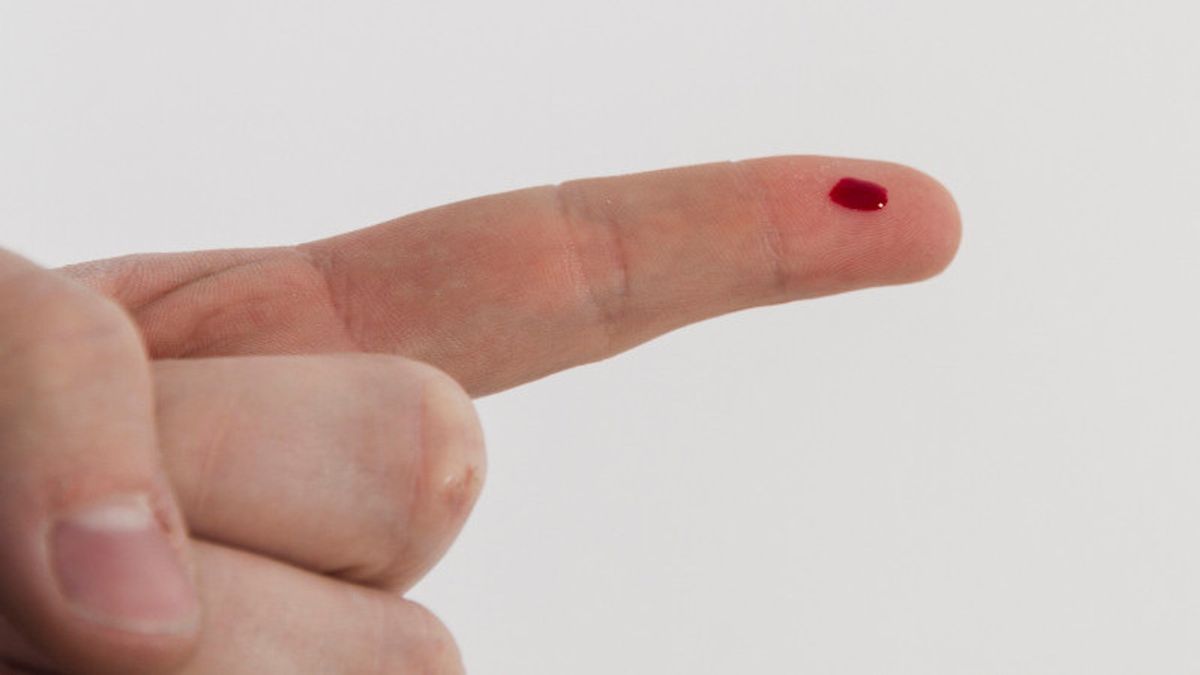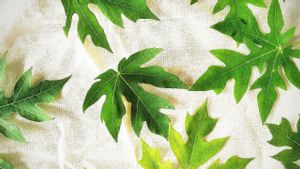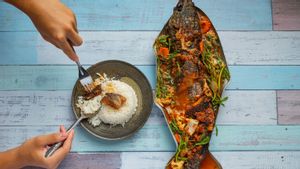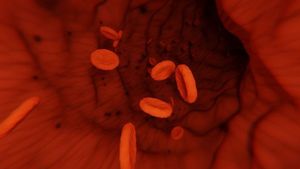YOGYAKARTA The platelet is a blood cell that accelerates blood clots so as to prevent bleeding. The platelets in the blood must be maintained normally so that blood can freeze properly. During this rainy season, many people experience dengue fever which is characterized by decreased levels of platelets. The decrease in dengue fever patients occurs because the dengue virus damages the cells forming platelets in the bone cord. In general, the symptoms of low platelets are characterized below.
The platelet is a blood cell that is not colored. If a person is injured, the platelet will clot so that bleeding is controlled naturally. According to the National Heart, Lung, and Blood Institute (NHLBI), the number of platelets in adults is in the range of 150,000 40.000 platelets per microliter (micter) of blood. Trombocytopenia occurs when a person's platelet counts drop below 150,000 platelets per blood platelet. Symptoms of low platelets, among others:
If you experience the symptoms mentioned above, it is important to see yourself to a doctor. Because without treatment, low platelets or so-called platelets can cause severe complications.
To increase Trobocyte levels naturally at home, it can be with certain foods. Here's an explanation and list.
In addition to getting a doctor's recommendation and prescription drug, certain foods can help increase low platelets. These foods include:
Folate is vitamin B9 which is important for healthy blood cells. Folic acid is a synthetic form of folate. Launching Medical News Today, Friday, November 22, at least adults need 400 micrograms (mcg) of folate every day. Meanwhile, pregnant women need 600 mcg. Some foods contain folic or folic acid, namely beef liver, dark green leafy vegetables such as spinach and brussel cabbage, black pods, and rice.
Vitamin B12 is needed for the formation of red blood cells. Low vitamin B12 levels can cause low platelets. People aged 14 years and over, require 2.4 mcg of B12 vitamins every day. Pregnant women need 2.6 mcg while breastfeeding mothers are 2.8 mcg. Vitamin B12 can be obtained from food, including eggs, tiut fish, salmon, and tuna. If you are undergoing a vegetarian diet, you can get B12 vitamins from soybeans, almond milk, and contracts.
Chlorophylls are a green pigment in plants. Chlorophylls can be alga-based, such as chlorella. Consumption of chlorophyll, can relieve some of the symptoms of low platelets. Although research has proven limited effectiveness. But according to a PDSA survey, chlorella is a potential supplement for those with a low number of platelets.
A study conducted in 2019 investigated the effects of papaya leaf extract on people with low platelet levels. This study found that 3 of the 4 cases of thrombocytpenia, which were given papaya leaf extract, experienced at least an increase in the number of platelets.
SEE ALSO:
Probiotics are good bacteria found in fermented foods. Such as yogurt, secretariats, tempeh, miso, and bailouts. In research conducted by researchers from Zhejiang University in 2020 found that probiotics can stimulate blood-forming stem cells in the bone cord.
While vitamin C, it can help absorb iron. This means vitamin C helps platelets cluster and function efficiently when freezing occurs.
In addition to paying attention to the symptoms of low platelets and knowing foods that can increase platelets, it is also important to understand foods that need to be avoided. These foods can reduce platelets, including alcoholic beverages, high foods in the glycemic index, foods with high saturated fats, many foods contain salt and artificial sweeteners.
The English, Chinese, Japanese, Arabic, and French versions are automatically generated by the AI. So there may still be inaccuracies in translating, please always see Indonesian as our main language. (system supported by DigitalSiber.id)


















